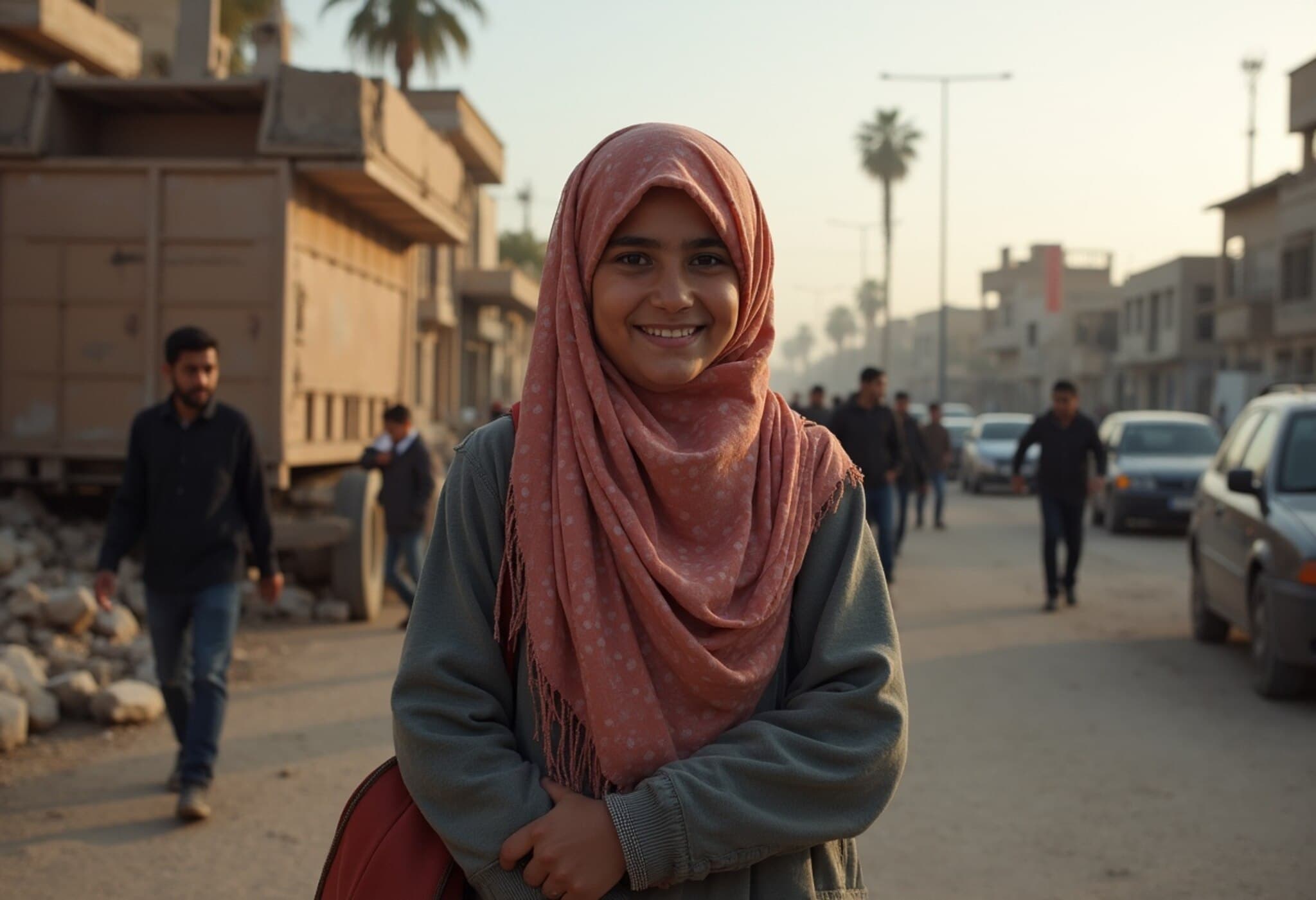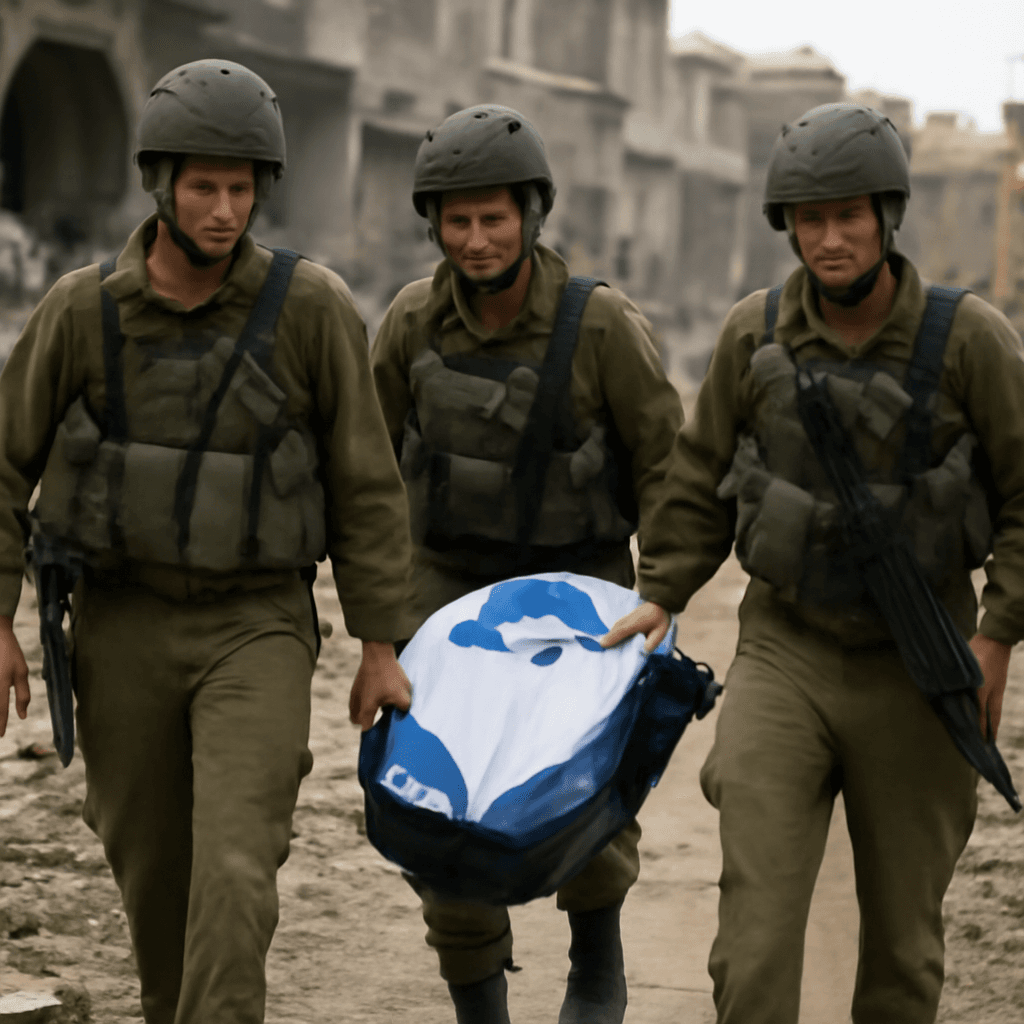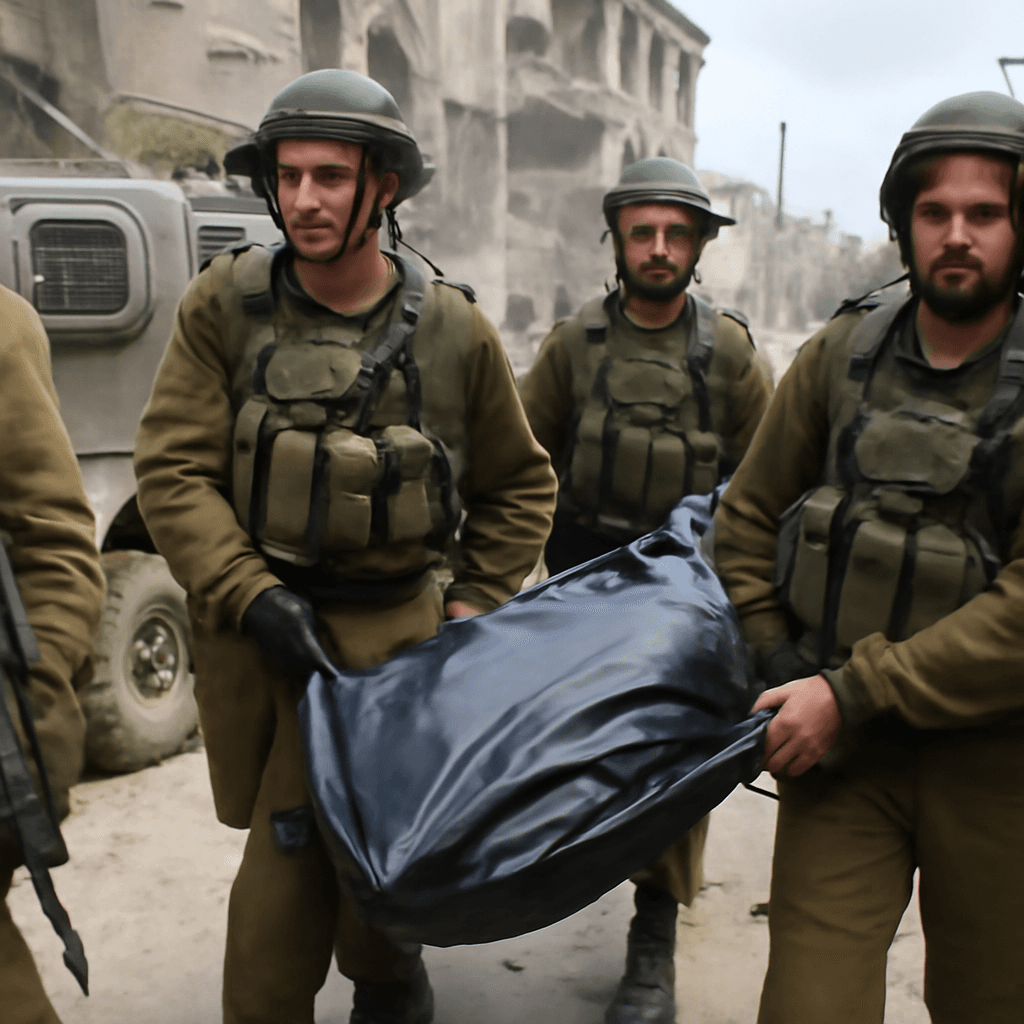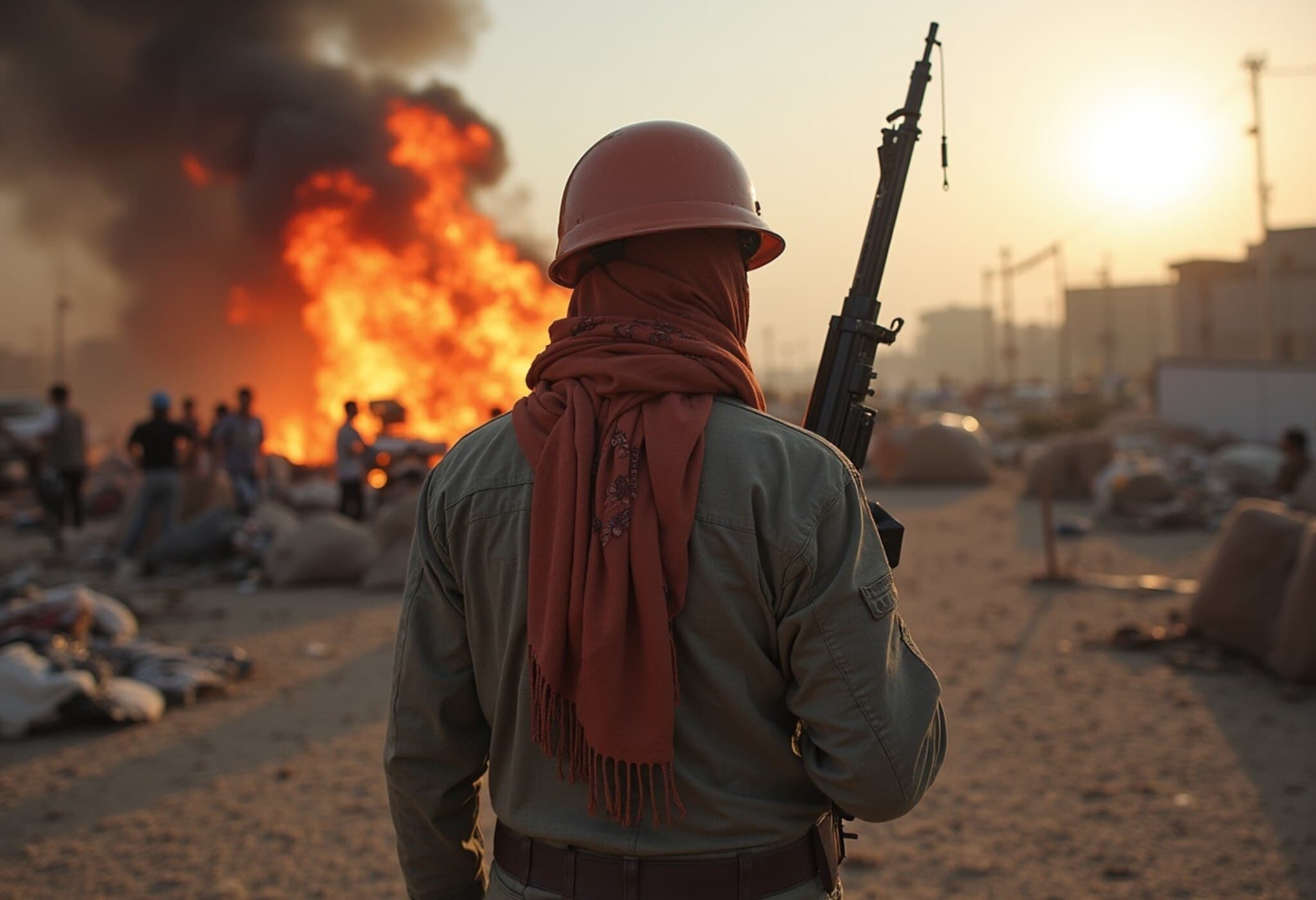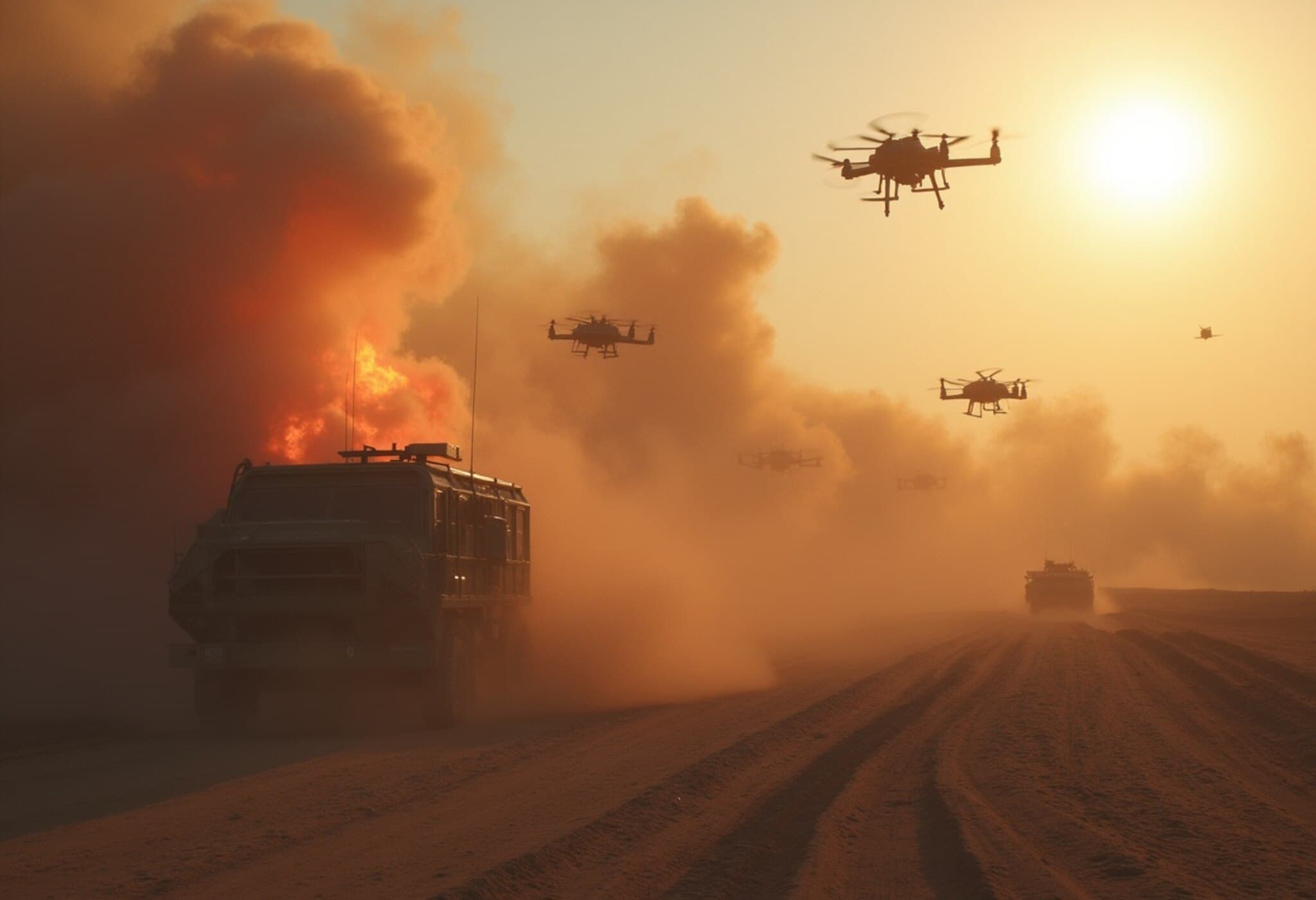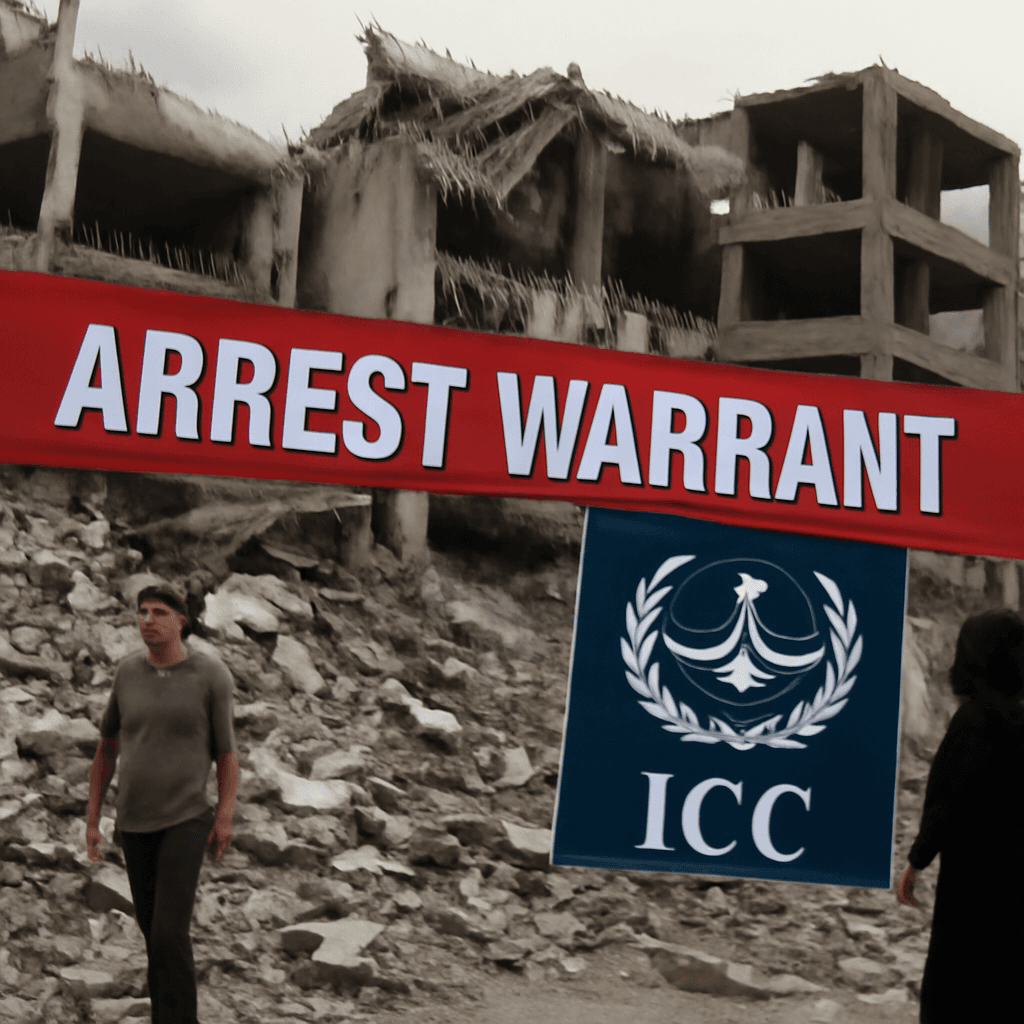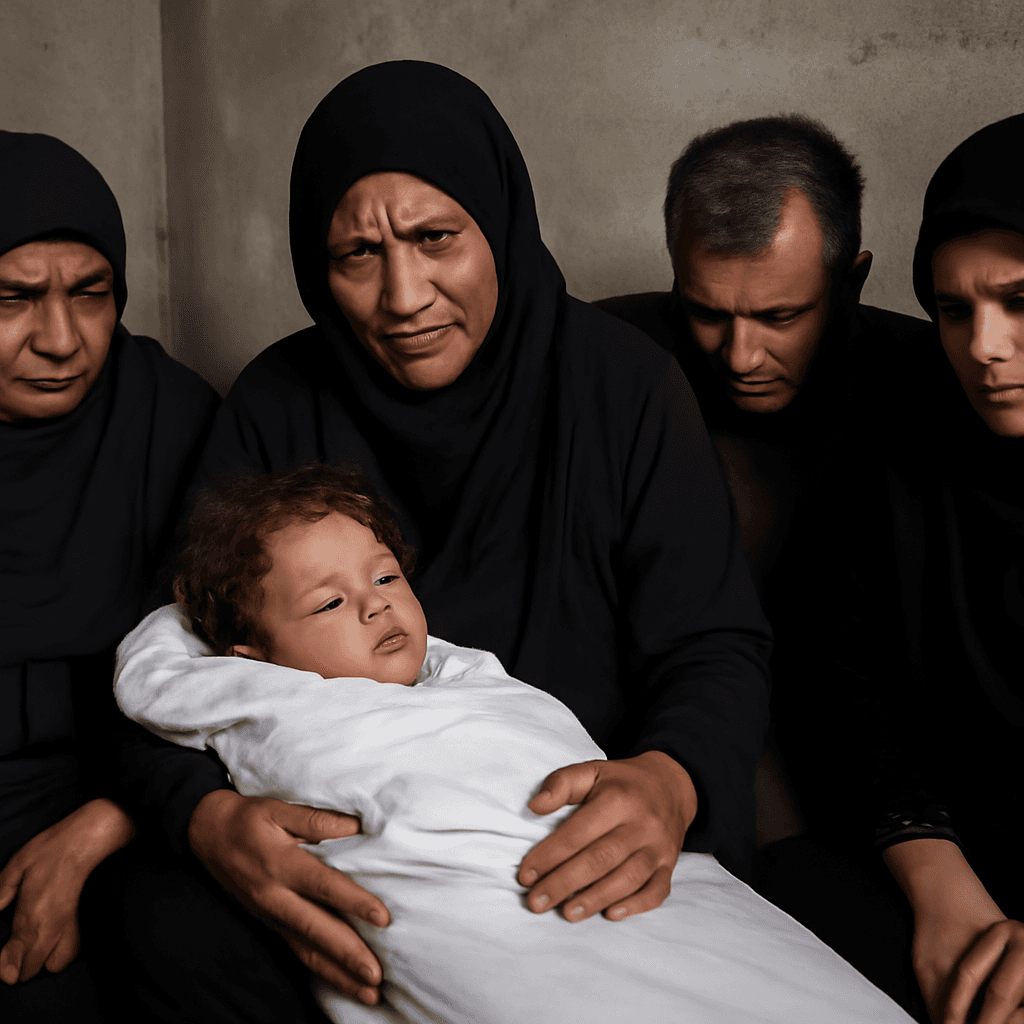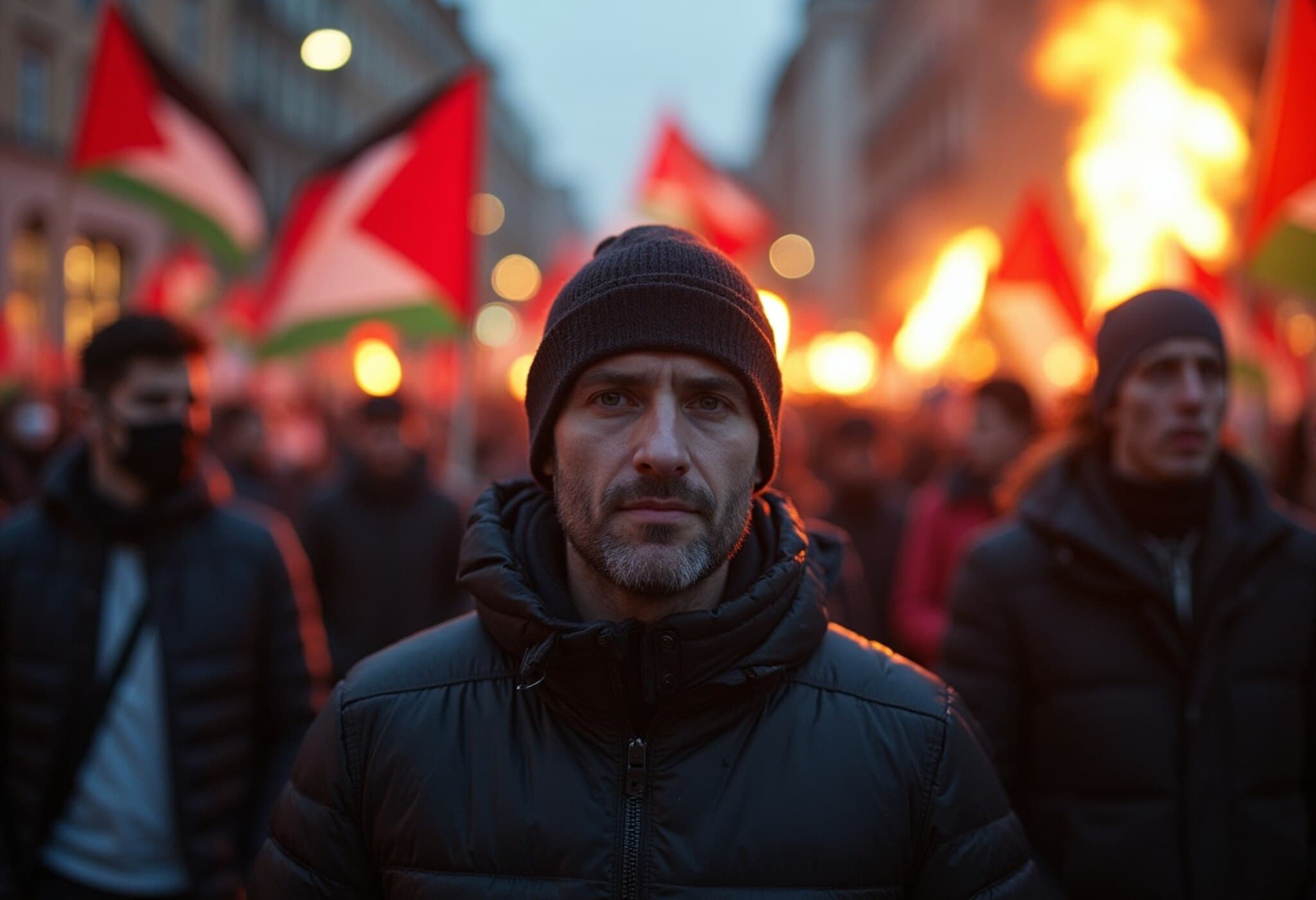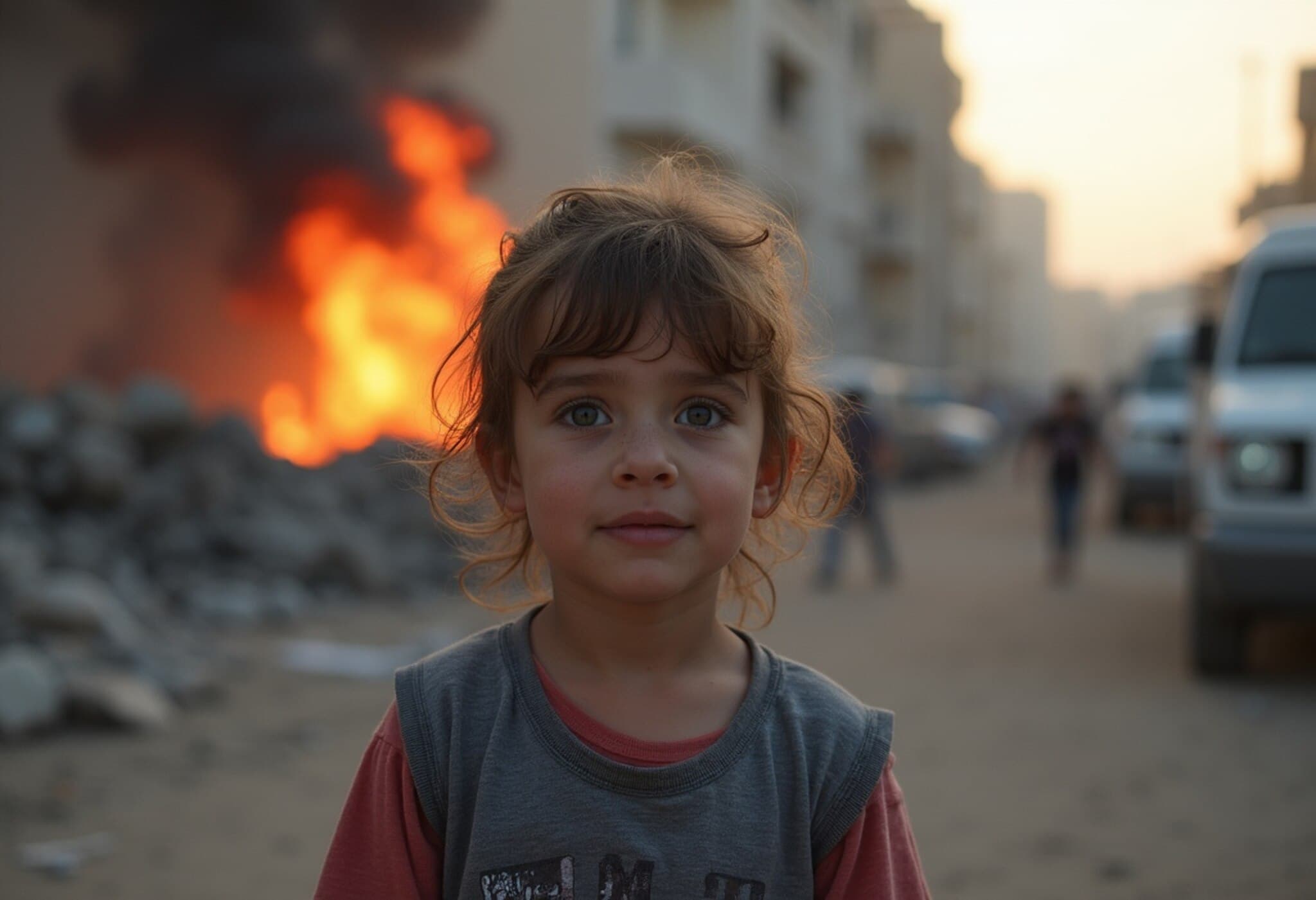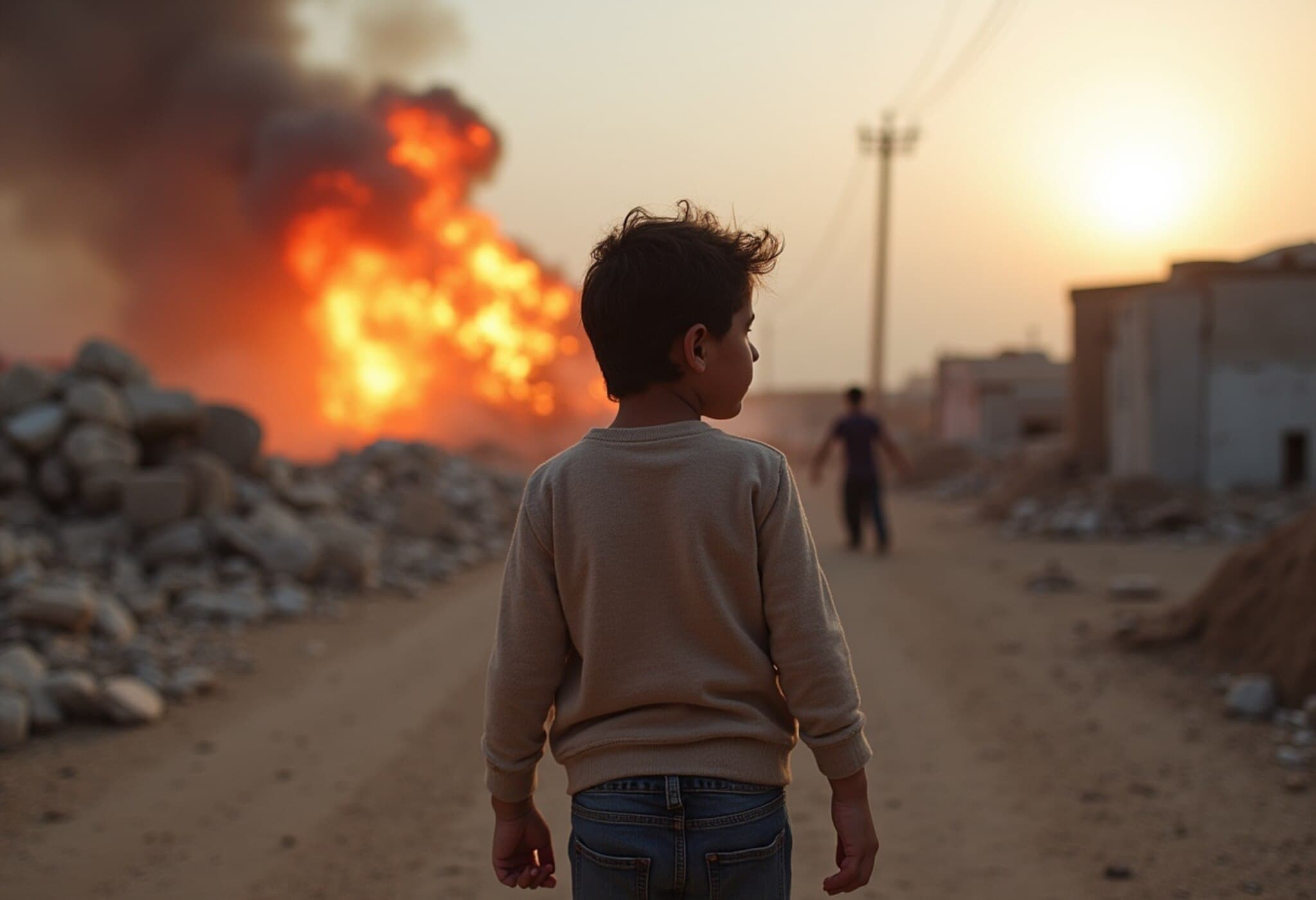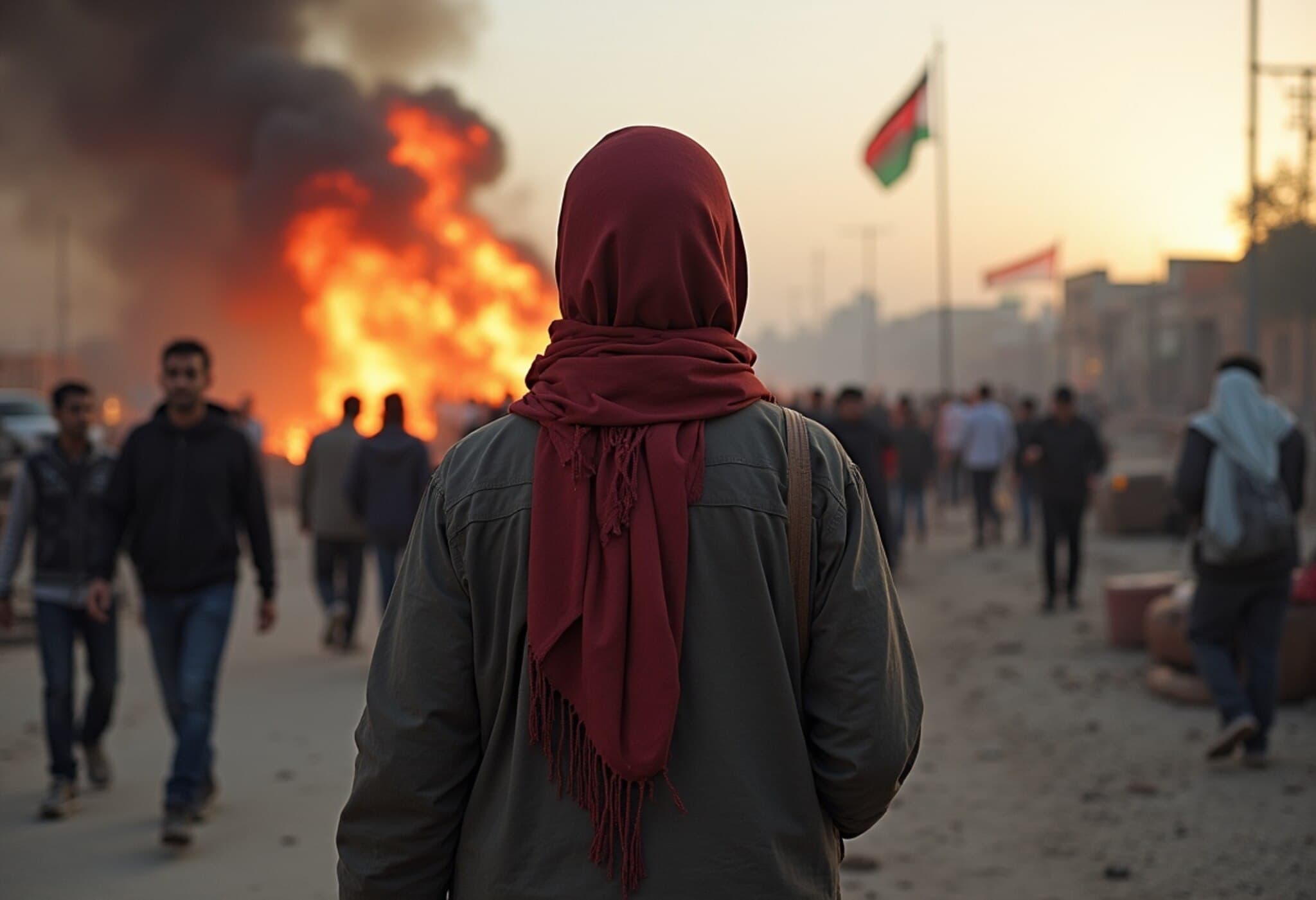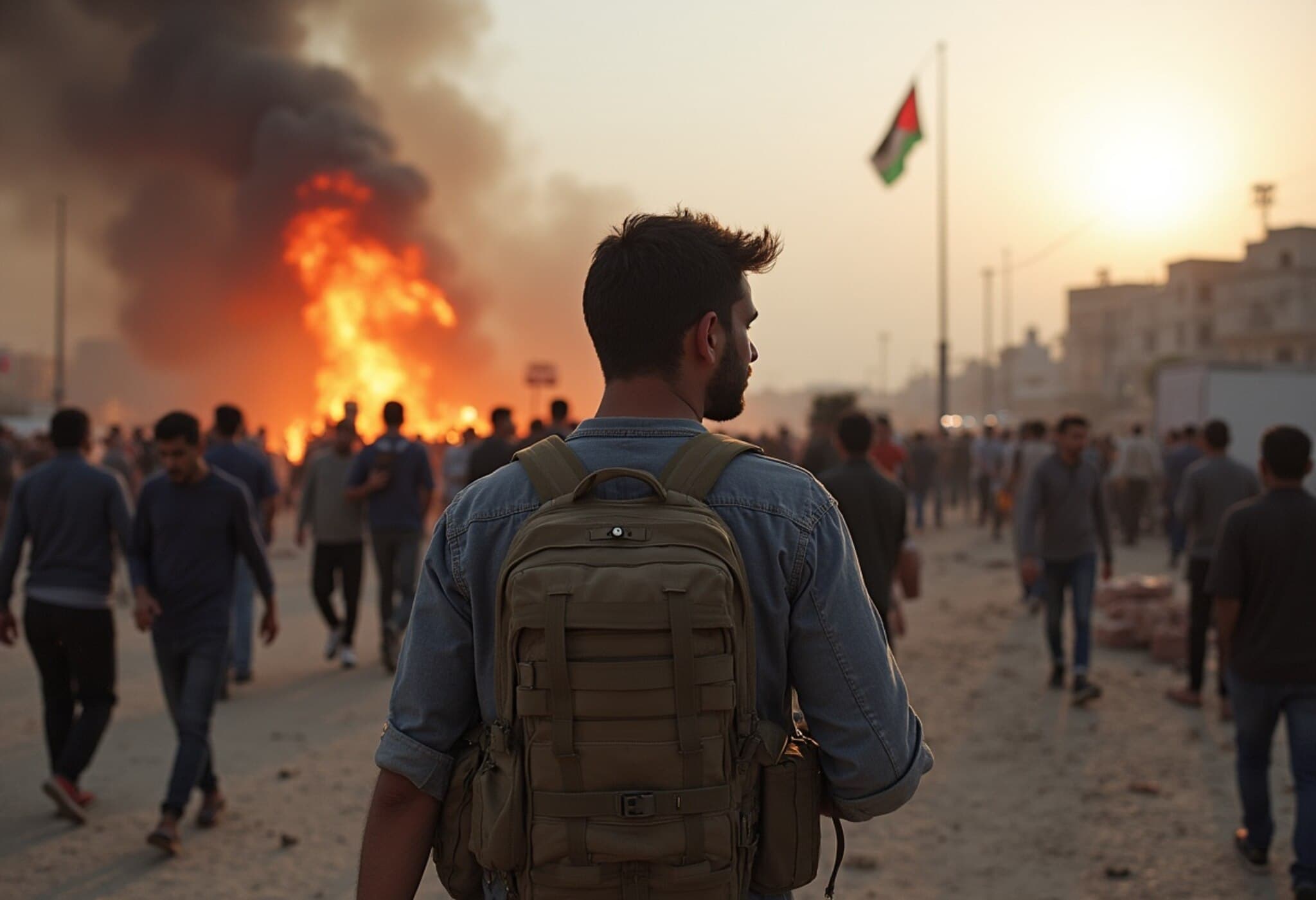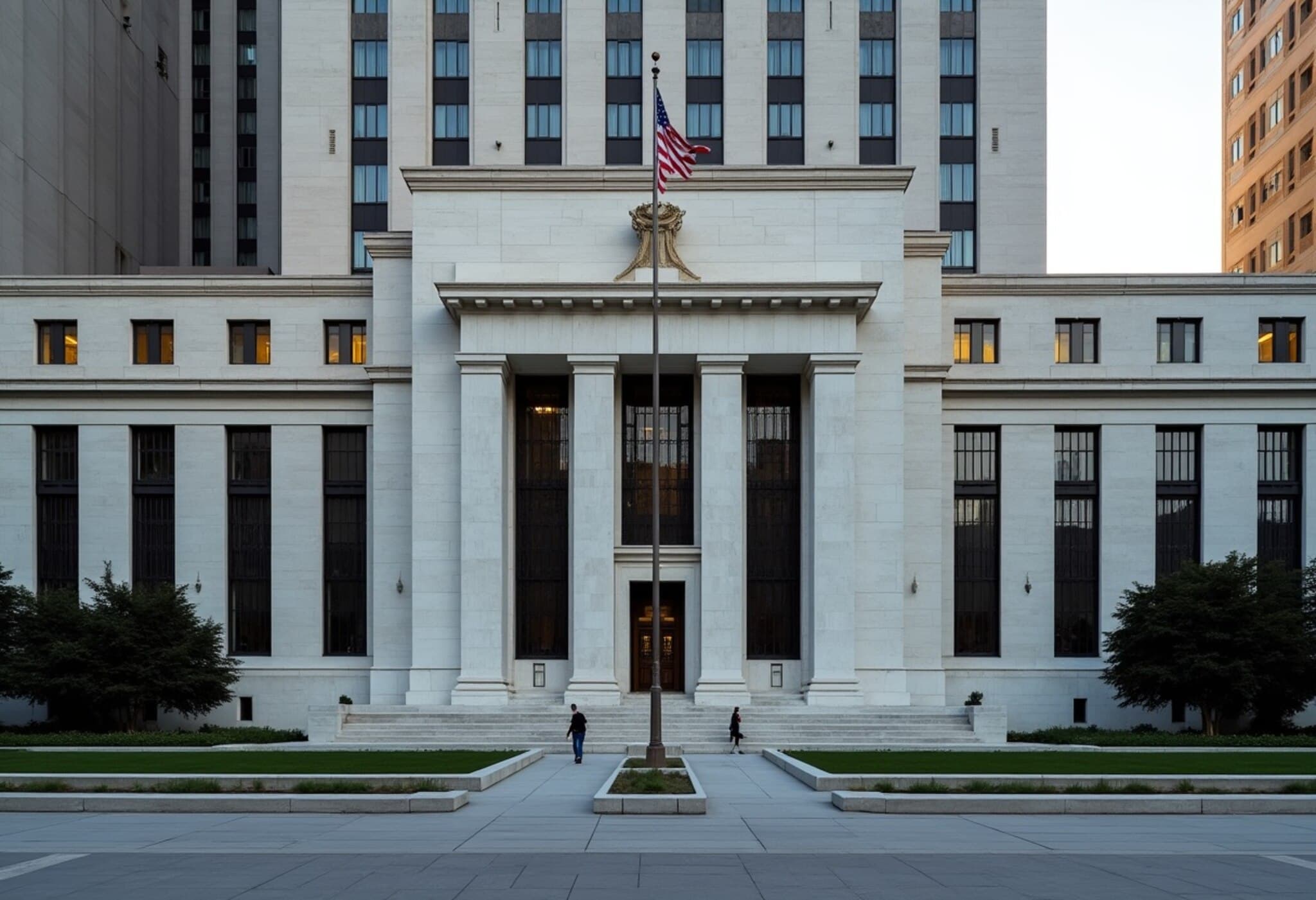Deadly Escalation: Israeli Airstrikes and Gunfire Claim 52 Lives in Gaza
In a tragic escalation of violence in the Gaza Strip, at least 52 Palestinians have lost their lives due to Israeli airstrikes and live gunfire, including children and individuals attempting to reach aid distribution points. This new surge of casualties occurred amidst the already vulnerable humanitarian crisis unfolding in the region.
Airstrikes Target Central and Southern Gaza
Palestinian medical authorities report that 28 civilians, among them four children, were fatally struck by airstrikes late Friday. The attacks hit the central Gaza area of Deir al-Balah, where 13 died, including two women, as well as Khan Younis in the south, where an additional 15 were killed. Hospitals such as Al-Aqsa Martyrs and Nasser treated dozens of wounded, many with severe injuries.
Deadly Gunfire Near Food Distribution Site
In what has ignited widespread concern, 24 Palestinians were reportedly shot dead while en route to a food distribution point near Rafah in southern Gaza. This location is operated by an Israeli-backed American humanitarian organization. Witnesses describe scenes of terror as Israeli tanks and soldiers opened fire on civilians traveling mere hundreds of meters from the aid facility.
One harrowing account comes from Abdullah al-Haddad, who was wounded at approximately 200 meters from the site. He recalls, "We were together, then suddenly, they shot us all at once." Another witness, Mohammed Jamal al-Sahloo, said that military personnel had instructed them to proceed to the site just before the shooting began.
The pain of loss resonates deeply through Gaza’s families. Sumaya al-Sha’er shares the heartbreaking story of her 17-year-old son, Nasir, who was killed. “He told me, ‘Mom, I need to bring you flour today, even if it costs my life.’ But he never returned.”
Conflicting Claims Surround Incident
Israel’s military stated that warning shots were fired at Palestinians suspected of suspicious behavior near the perimeter but claimed ignorance of any casualties. Contrarily, the Gaza Humanitarian Foundation (GHF) - the American-backed group running the food distribution - denied that any violence occurred near its facilities. Nonetheless, reports indicate that hundreds have been shot at in or near military zones surrounding aid sites.
Allegations have emerged from contractors working with GHF alleging the use of live ammunition and stun grenades to control desperate crowds—claims that the organization refutes. This points to the complex, often opaque nature of humanitarian aid delivery amid ongoing conflict.
Humanitarian Crisis Deepens Amid Blockades and Conflict
Since the onset of hostilities in October 2023, Gaza’s two million residents have suffered devastating humanitarian consequences. With the economy shattered and infrastructure in ruins, over half the population depends on external aid. Yet Israeli restrictions on imports, including fuel and food, have tightened significantly since March, aggravating shortages and threatening famine.
Despite these constraints, a modest shipment of fuel—150,000 liters—finally entered Gaza recently after a lengthy blockade, described by the United Nations as "the backbone of survival" for vital services such as hospitals and water systems. Still, the scale remains insufficient given Gaza’s dire needs.
Context of Broader Conflict and Ongoing Hostilities
Israel continues operations targeting what it describes as militant infrastructure, reporting strikes on some 250 sites over the past 48 hours, ranging from weapons storage to tunnels and sniper positions within Gaza. Meanwhile, there is a stern warning restricting activities along Gaza’s Mediterranean coast, impacting fishermen and civilians alike.
The conflict’s origins trace back to Hamas-led militant attacks on Israel in October 2023, which resulted in over 1,200 Israeli fatalities and more than 250 hostages taken to Gaza. In response, Israel’s military campaign has led to a death toll exceeding 57,800 Palestinians, a majority of whom are women and children, according to Gaza’s Health Ministry under Hamas administration. This figure remains a subject of international scrutiny but is regarded as one of the most comprehensive estimates by external observers.
Expert Insight and Critical Questions
The targeting of civilians near aid distribution centers raises profound legal and ethical considerations under international humanitarian law, which strictly prohibits attacks on civilians and humanitarian workers. This incident underscores the double jeopardy faced by Gaza’s population: caught between the dangers of armed conflict and the scarcity of life-sustaining aid.
From an American policy perspective, the involvement of US-backed aid organizations adds layers of responsibility and diplomatic complexity, pressing the need for stringent safeguards and transparent investigations. The current stalemate in ceasefire negotiations, despite reported talks between US President Donald Trump and Israeli Prime Minister Benjamin Netanyahu, leaves the humanitarian plight precarious and unresolved.
Moreover, the deaths of children like Nasir underscore the tragic human cost of warfare that too often escapes broader geopolitical narratives. How can international actors prioritize civilian protection effectively? What mechanisms can ensure safe passage for aid amid active military operations? These questions remain urgent as Gaza’s humanitarian crisis deepens.
Editor's Note
This tragic episode in Gaza highlights not only the devastating impact of armed conflict on civilians but also the critical challenges of delivering aid in war zones controlled by complex and competing forces. The reported killings near aid sites emphasize the urgent need for robust humanitarian corridors and accountability mechanisms. Observers and policymakers alike must consider how to balance military objectives with the inviolable rights and safety of noncombatants, especially vulnerable children and families relying on humanitarian aid. The path forward demands renewed diplomatic effort and transparent, independent investigations to prevent further loss of life and alleviate the profound suffering endured by Gaza’s people.

